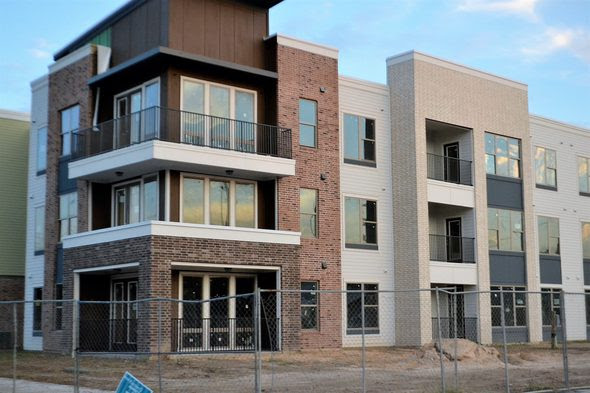
A Rare Opportunity for More Affordable Housing
Utah has a housing affordability crisis. According to the Gardner Policy Institute, the cost of buying a home in Utah has gone up 10 percent annually since 2011 and surged 29 percent between 2020 and 2021 (p. 3). During this latter period, 20 of Utah’s 29 counties saw increases of at least 20 percent (p. 3). At these prices, by 2020 72.8 percent of renters could not afford the median home price (p. 1). With more and more people priced out of buying homes, the pressure on rental housing has also increased. A recent study by the Utah Foundation reported that between January 2019 and July 2021, average rents went up 23 percent in Salt Lake County and as high as 66 percent in Utah County, with Weber and Davis Counties’ increase between those two (p. 7).
Low-Income Renters Hurt the Most
The people hurt the very most by this trend are the lowest-income Utahns. Using 2019 US Census data (before the latest steep cost increases), the National Low Income Housing Coalition calculates that Utah had 66,855 households that earn only 30 percent or less of the area median income. Seventy-one percent of these households (47,467) spent more than 50 percent of their income on housing. The state is short 45,421 rental units that are affordable and available for these households. As renters have to pay more and more for housing, they cannot afford other necessities, and many are one crisis away from homelessness. A recent audit of the state’s homelessness system found both that the number of individuals experiencing homelessness in Utah (especially unsheltered homelessness) has increased by 12 percent since 2016 (p. 5), and insufficient affordable housing is available for people who would be able to move from housing with intensive supportive services to more independent living (p. 18).
One-Time State and Federal Funds Requested
Because of a booming state economy, buttressed by federal Covid-relief funds, the state has a rare opportunity in 2022 to make the most significant reduction ever in this problem. One huge advantage of housing development is that it can be done with one-time funds, rather than ongoing funds, which are needed to support many other important types of public services. In the 2022 legislative session the Department of Workforces Services’ (DWS) Housing and Community Development Division is requesting $100 million in one-time funding from the state’s General Fund to increase affordable housing statewide through the Olene Walker Housing Loan Fund. Dispersed competitively, loans require new properties to limit rent levels for at least 30 years, and repaid loans will fund more housing in the future. Some of the requested funds this year would be earmarked for affordable workforce housing in rural areas hard-hit by tourism-driven increases in housing cost and scarcity.
DWS and the Office of Homeless Services are also requesting $127,838,200 in one-time funds the state received from the federal American Rescue Plan Act (ARPA). These funds would be used to create between 2500 and 3200 deeply affordable housing units with supportive services for the most vulnerable, low-income Utahns. Individual legislators have made several other, smaller requests to fund housing for persons in early recovery from substance abuse, for families of those leaving incarceration, and for eight energy-efficient homes to be built by Habitat for Humanity.
Contact the Executive Appropriations Committee Now
The majority of funds in the large requests are for the current 2022 fiscal year, which would get projects moving quickly. The crucial Executive Appropriations Committee will be compiling its recommendations for the full legislature no later than Friday, February 25. The Utah Citizens’ Counsel urges everyone to support these requests by contacting members of the committee, whose names and contact information can be found through this link.